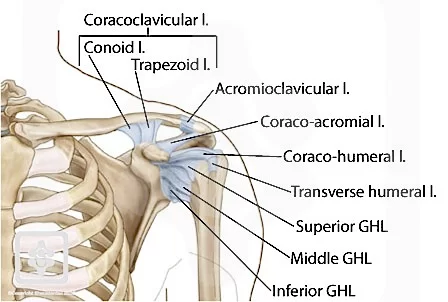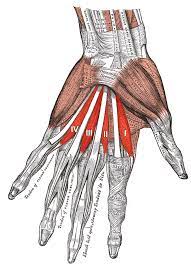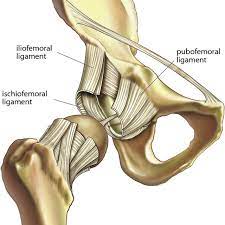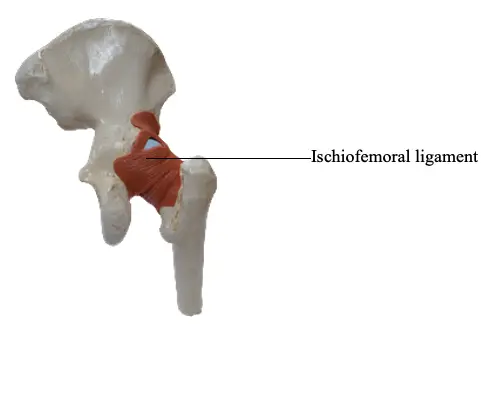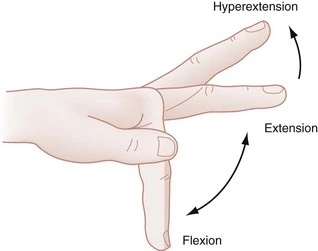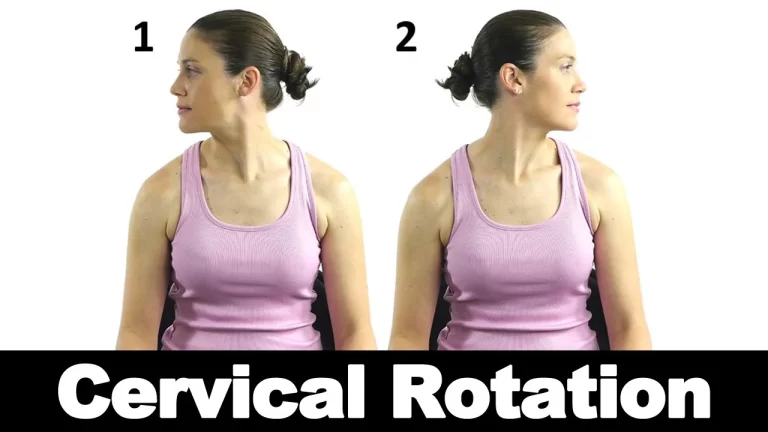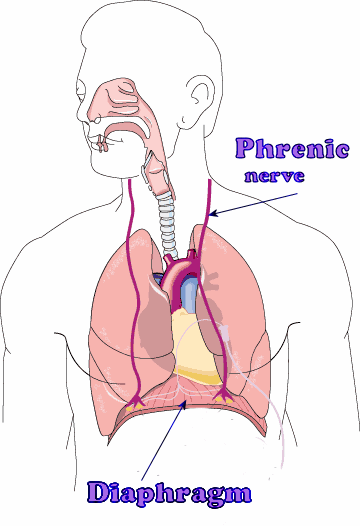Transverse Humeral Ligament
Introduction The transverse humeral ligament is a fibrous band that runs horizontally across the top of the shoulder joint, connecting the greater and lesser tubercles of the humerus bone. It forms a roof over the bicipital groove, which houses the long head of the biceps tendon. The primary function of this ligament is to hold…

